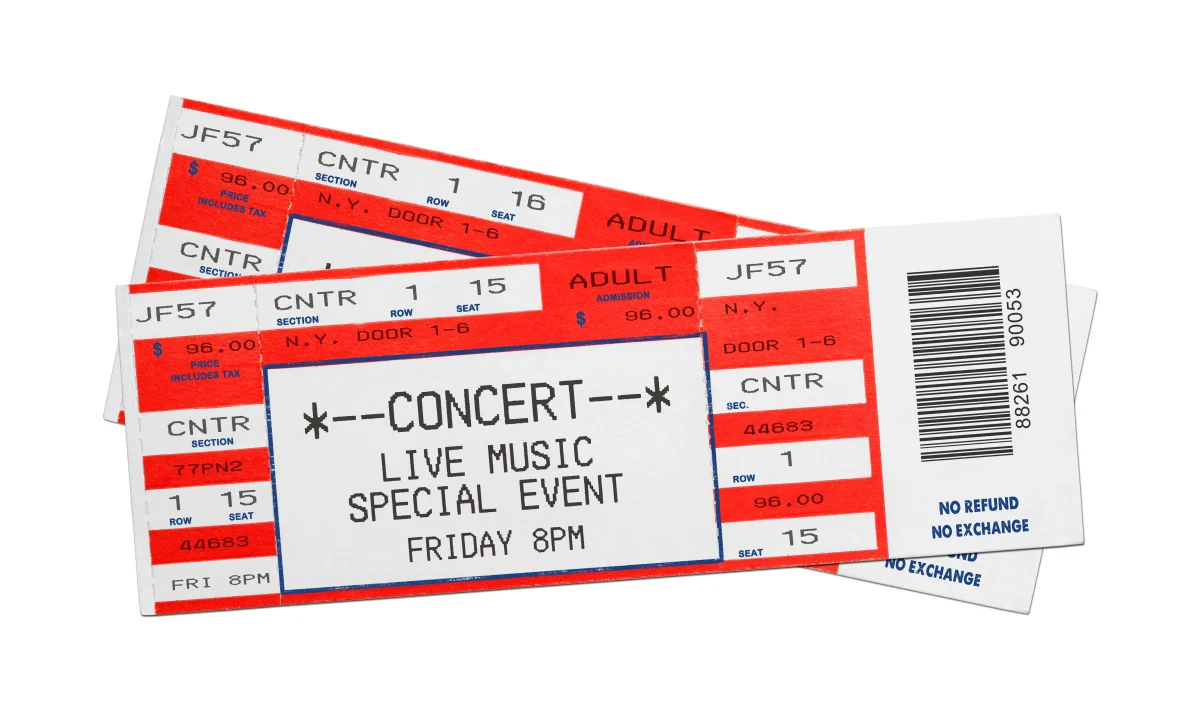How Social Media is Contributing to Eating Disorders
October 25, 2022
As a teenage girl, the pressure to look perfect and fit in has been severely amplified by the rise of TikTok. It has spread ideas and trends, even contributing to the rise of the “coquette” style and reintroducing of the “y2k” style. But are these current trends a good thing?
Most trends through social media are spread by people showing their style and what they wear, but specific styles have started to be pushed in a more aggressive way. All over TikTok, these new slideshows promote a specific demographic; these trends are only achievable if you’re skinny.

When talking to a frequent social media user, sophomore Isabella Jenkins said, “I see [the slideshows] and I know that they’re gonna be bad, but I keep scrolling through the slides and it just progressively gets worse as I scroll.”
As Jenkins said, they pull you in with their stylish outfit choices and aesthetic pictures, but the wording they use is more sinister. They often have phrases that promote eating disorders, and with their pretty backgrounds, could reel in younger children that are easier to be impressed upon.
According to The New York Times, 38% of tweens use social media, and to follow up that statistic, 46% of tweens have occasionally dieted in a way that would be considered disorderly eating. As mentioned before, due to these slideshows being aesthetically pleasing to the eye, social media could be the leading cause of these tweens beginning disordered eating so young. Social media markets eating disorders to teens and tweens in a way that is not entirely obvious to the child, but with time can cause severe damage to the child’s self-esteem and view of their body.

Often “pro-ana” (the support of anorexia, an eating disorder) social media users will say that this form of content is only for themselves and that they do not support pushing the development of eating disorders on others, but users often have no control over what shows up on their For You Page. One accidental slideshow in a young, impressionable child’s feed is all it could take for them to go down the rabbit hole that is eating disorder content.
The question remains; how do we fix this? Reporting these accounts and videos as soon as you see them can help to limit their outreach and can even get them taken down. Also, talking to others if you have thoughts of disordered eating can prevent an eating disorder within yourself. Educating yourself on healthy eating patterns and the regular amount of food you should eat can show you that these forms of eating do more harm than good.
If you or someone you know is struggling with an eating disorder, please reach out to a school counselor or contact the National Eating Disorder Association Helpline for more resources.

























